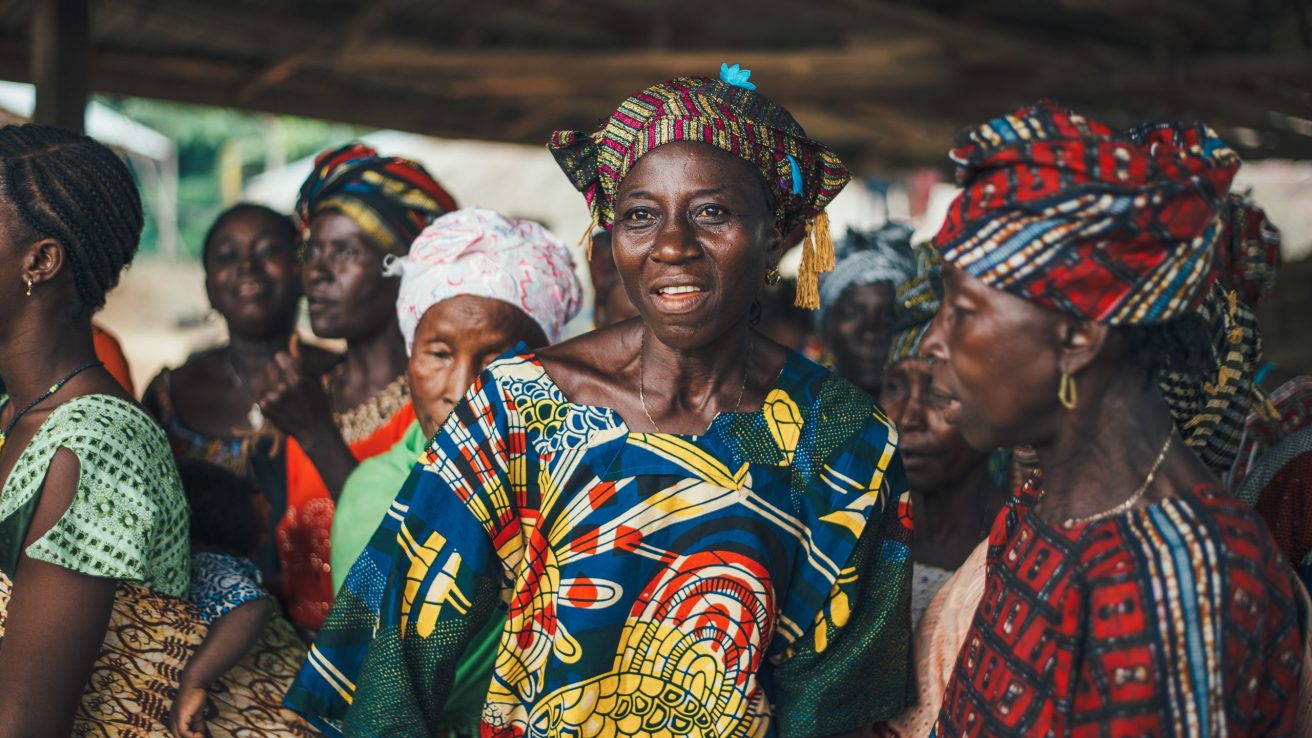Cervical cancer is the fourth most common cancer in women. According to data from the World Health Organization (WHO), approximately 311,000 women worldwide died from cervical cancer in 2018. Cervical cancer used to be the leading cause of cancer death for women in the United States too before the introduction of HPV vaccination [1].
In a review of international data on cervical cancer published in CA: A Cancer Journal for Clinicians, it was found that African countries have the highest cervical cancer incidence, morbidity, and mortality. These findings are partly due to the high incidence of HIV in these countries, given that HIV has been shown to increase a woman’s risk of contracting cervical cancer by up to six times [2]. However, additional studies suggest that these countries’ higher incidence of HIV is not the only reason for their higher incidence of cervical cancer.
Overall, low-income and middle-income countries have a higher incidence of and worse outcomes from cervical cancer than do higher-income countries. These findings are attributed to three factors: a lower rate of HPV vaccination in low and middle-income countries, a decreased rate of cervical cancer screening in low-income countries, and a lack of patient education on cervical cancer.
In countries such as the United States, with adequate cytological screening programs and patient education, the incidence of cervical cancer is significantly lower [3]. Moreover, health-seeking behaviors regarding cervical cancer screening and treatment are directly proportional to an individual’s health knowledge. The more knowledgeable an individual is about their health, the more likely they will seek out cervical cancer screening programs [4].
In conclusion, it is well-established that low-income countries experience disparate cervical cancer incidence and mortality. A call to action has been made by the WHO director-general to mobilize the international community to eliminate these disparities through equitable HPV vaccination, cervical cancer screening, and cervical cancer patient education.
Sources:
[1] World Health Organization. (2022, January 20). Cervical cancer. https://www.who.int/news-room/fact-sheets/detail/cervical-cancer
[2] Sung, H., Ferlay, J., Siegel, R. L., Laversanne, M., Soerjomataram, I., Jemal, A., & Bray, F. (2021). Global cancer statistics 2020: GLOBOCAN estimates of incidence and mortality worldwide for 36 cancers in 185 countries. CA: A Cancer Journal for Clinicians, 71(3), 209–249. https://doi.org/10.3322/caac.21660
[3] Arbyn, M., Weiderpass, E., Bruni, L., de Sanjosé, S., Saraiya, M., Ferlay, J., & Bray, F. (2020). Estimates of incidence and mortality of cervical cancer in 2018: a worldwide analysis. The Lancet Global Health, 8(2), e191–e203. https://doi.org/10.1016/s2214-109x(19)30482-6
[4] Habtu, Y., Yohannes, S., & Laelago, T. (2018). Health seeking behavior and its determinants for cervical cancer among women of childbearing age in Hossana Town, Hadiya Zone, southern Ethiopia: community based cross sectional study. BMC Cancer, 18(1). https://doi.org/10.1186/s12885-018-4203-2










